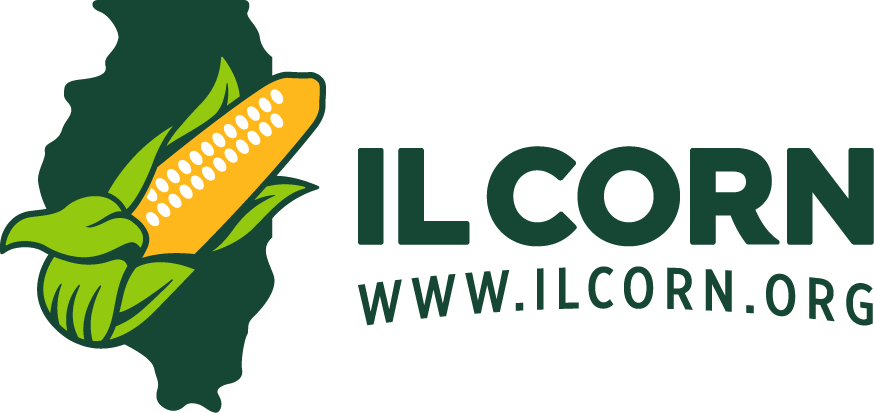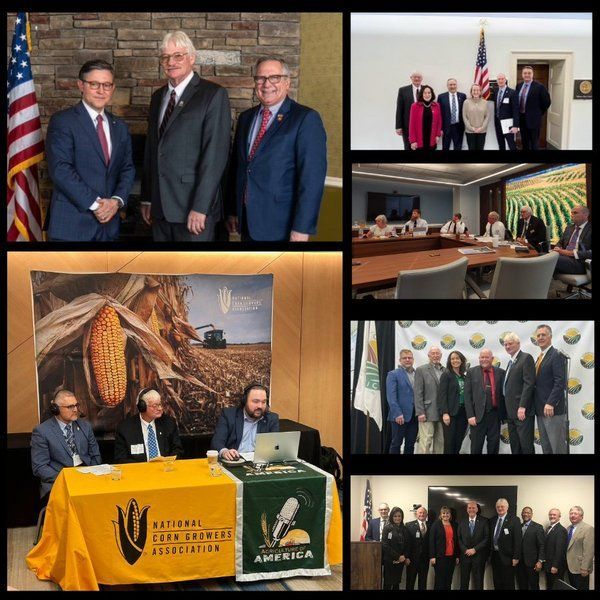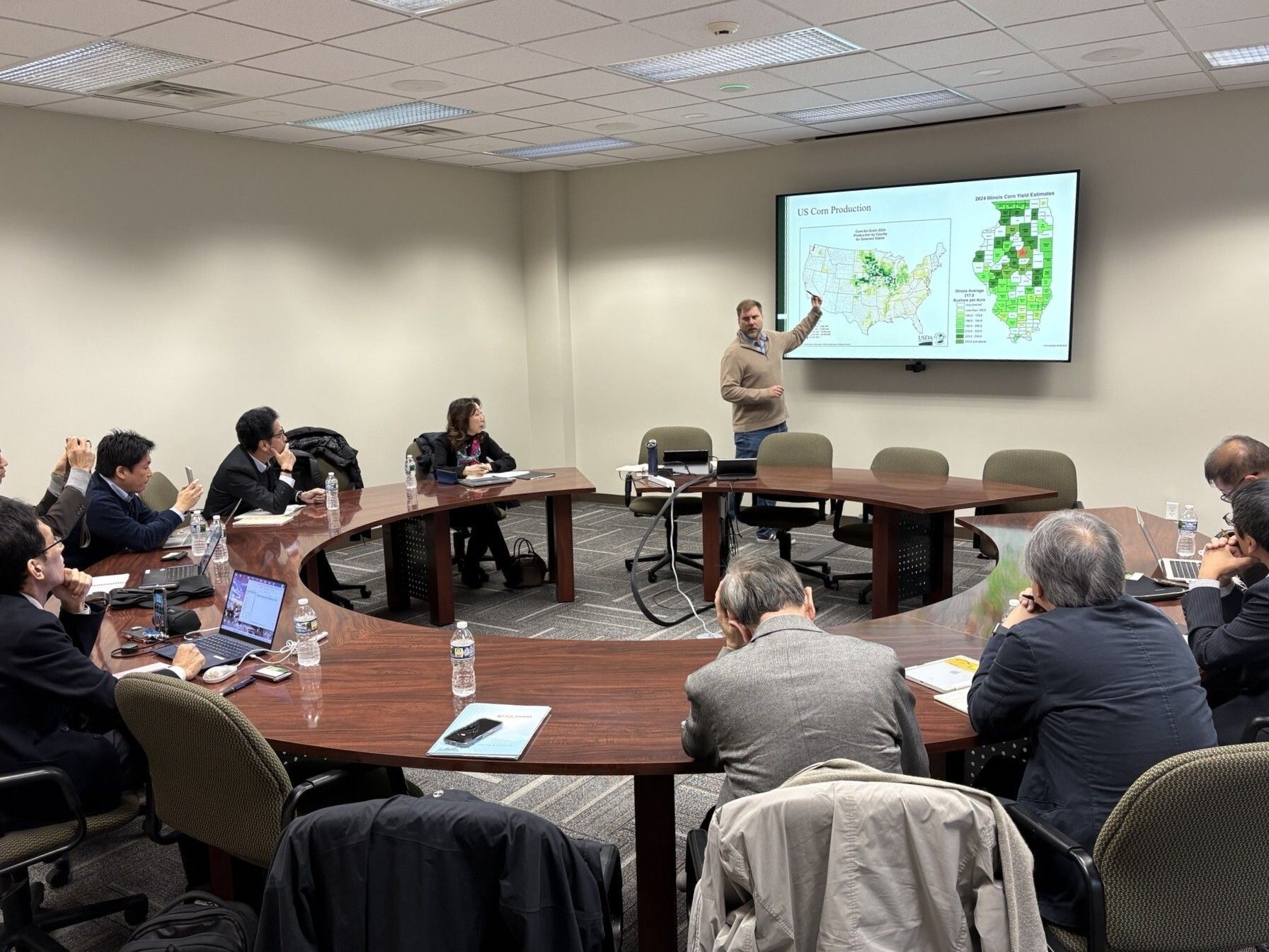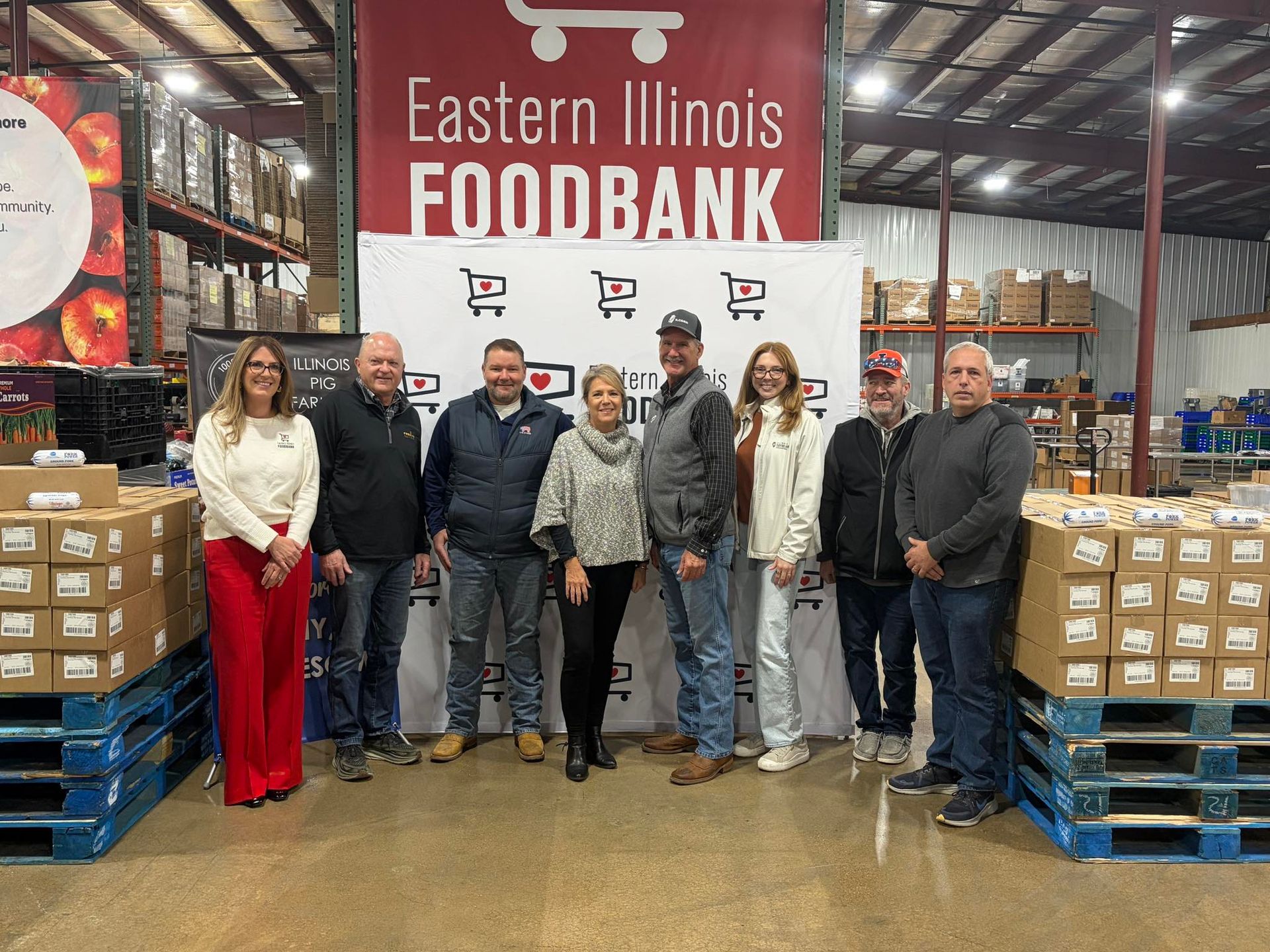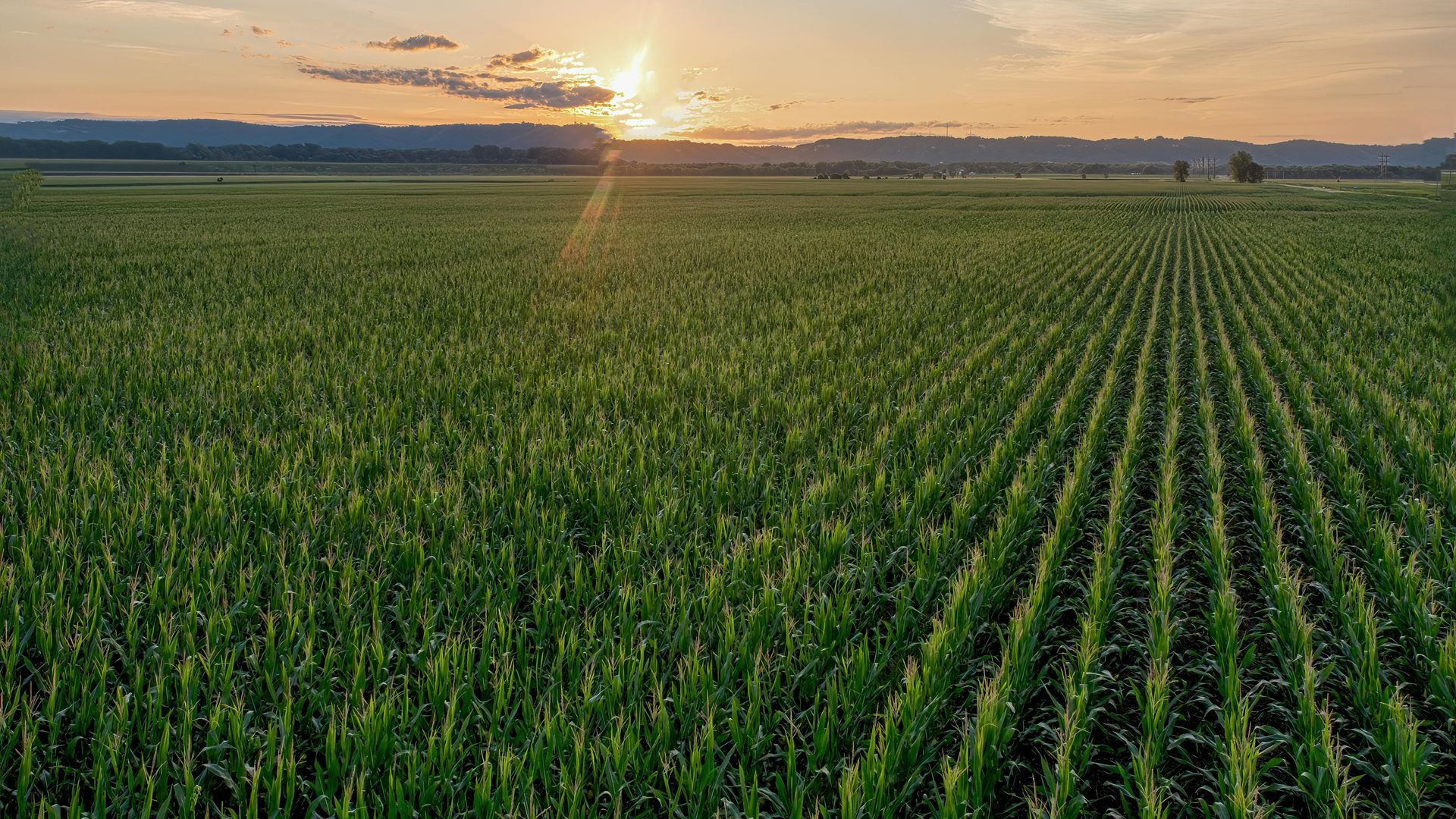Transportation & Supply Chain Policy: Ensuring Corn Can Move
Corn is transported in all directions, in many ways—every bushel depends on the strength and reliability of the transportation system. For Illinois corn farmers, state and federal transportation policy plays a major role in shaping the system.
Locks and Dams
More than 60% of Illinois corn moves by barge along the Illinois and Mississippi Rivers. However, the aging lock and dam systems—some structures built in the 1930s—weren’t designed for today’s massive barge tows, leading to delays, increased costs, and lost global competitiveness.
Top priorities:
- Secure both FY2025 and FY2026 Energy & Water Development Appropriations based on annual diesel fuel tax receipts deposited into the Inland Waterways Trust Fund (IWTF)
- Oppose any potential tolling, lockage fees, or other onerous charges for commercial users of the waterways system
IL Corn made the river infrastructure a policy priority to ensure corn farmers have a strong voice in federal transportation planning.
Highways & Rural Roads
Corn travels first by road, making investments in rural bridges, local roads, and state highways critical for transportation. These are especially important during planting and harvest to transfer corn and inputs efficiently for farmers.
IL Corn monitors changes and funding for rural road funds to ensure that farmers can efficiently move their goods from the farm to their destination.
Rail Access & Competitiveness
Illinois’ railroad network allows our corn and corn products like ethanol to reach critical markets throughout the U.S. and around the world.
IL Corn monitors the rail network regularly and supports competitive rail service and rates that allow the corn industry to grow.
Why It Matters
When transportation systems are inaccessible or too costly, it affects farmers’ bottom line. Transportation may be one part of the process, but it makes a major impact on farmers—just as input costs and weather do.
IL Corn continues to advocate for:
- A fully modernized inland waterway system
- Strong rural road investments
- Accessible and competitive rail service
Want to Get Involved?
Join our Phone to Action to keep updated on how to get involved when your transportation system is at risk.

